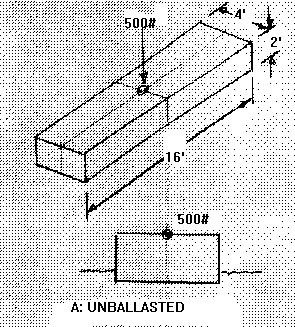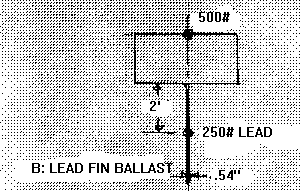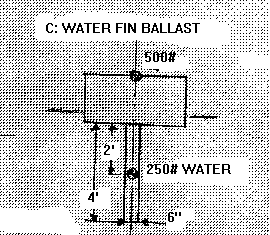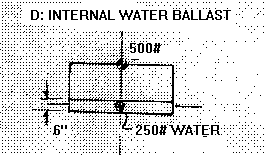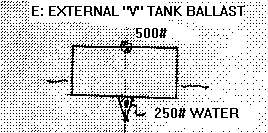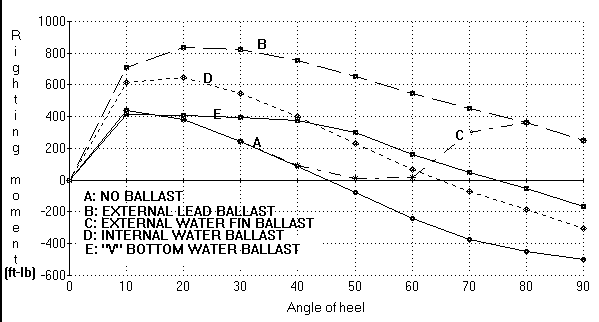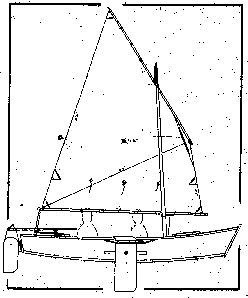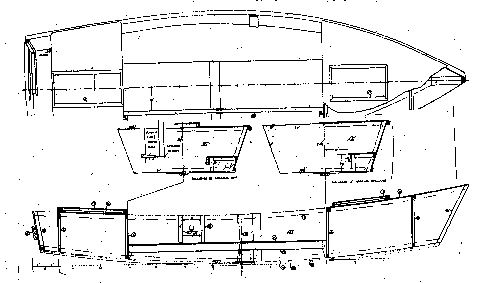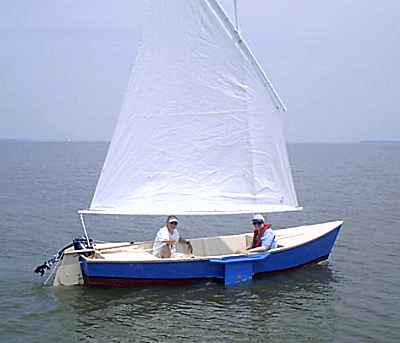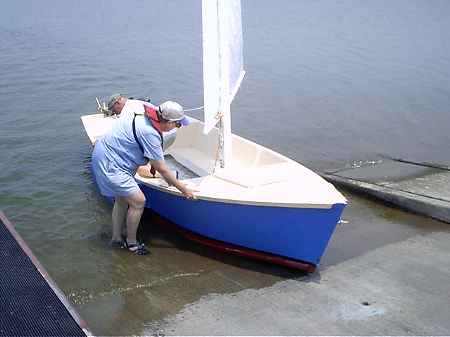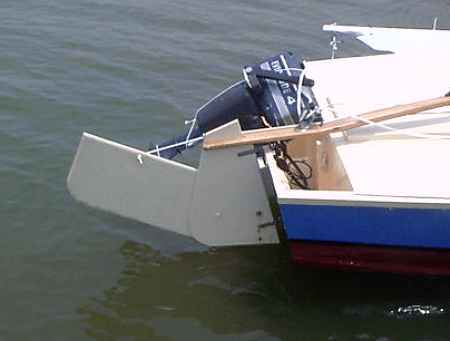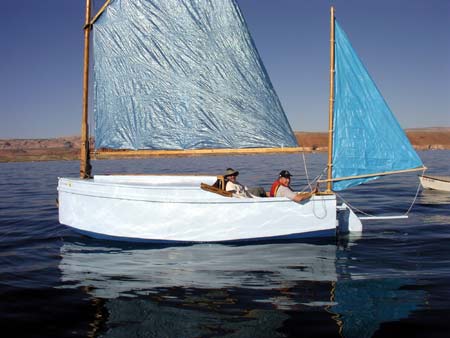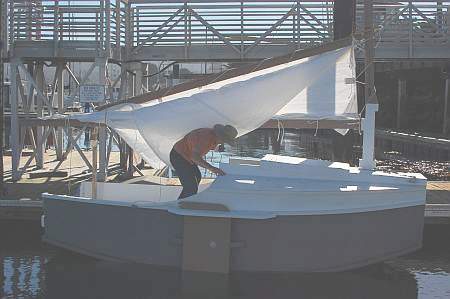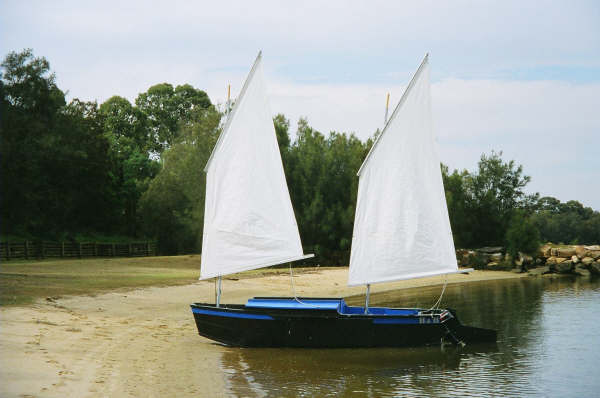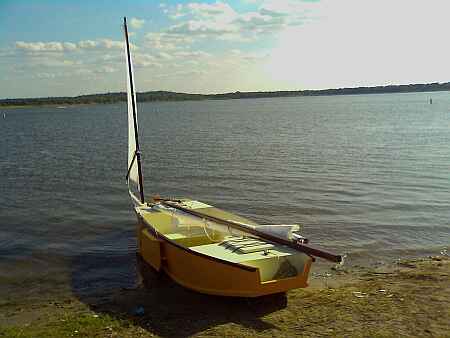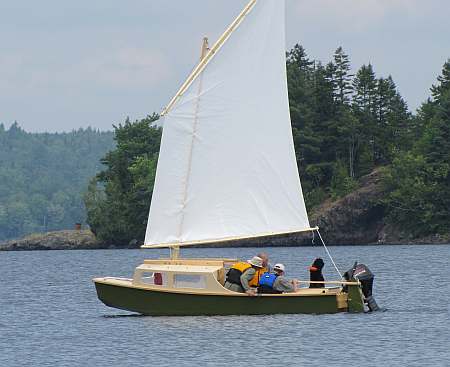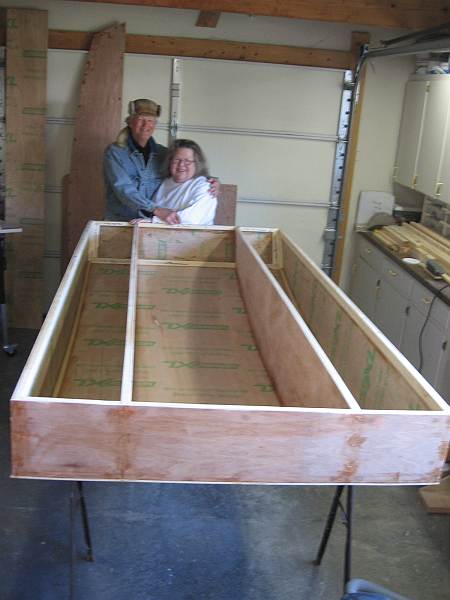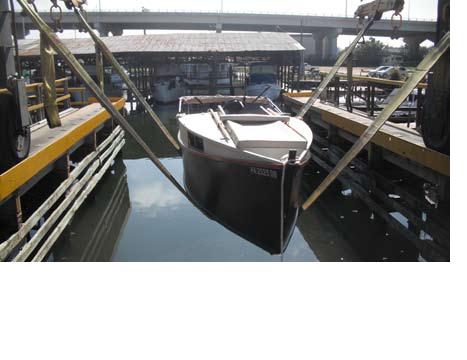
Rene Vidmer's far flung AF4b gets an oversized launching in Pensacola this time. Let's review: New York, up through Canada and the Great Lakes, down the Illinois River, down the Mississippi River, up the Ohio and the Tennessee, down the Tom Bigbee, along the Gulf Coast, then up the Suwannee, a portage across the Okefenokee Swamp, then up the St Mary's to Folkston, Ga where it now awaits a fresh motor!
Contents:
Contact info:
Jim Michalak
118 E Randall,
Lebanon, IL 62254Send $1 for info on 20 boats.

